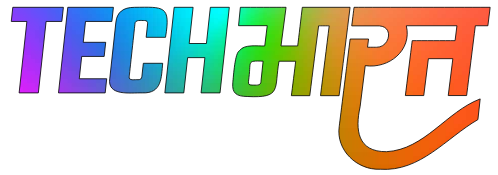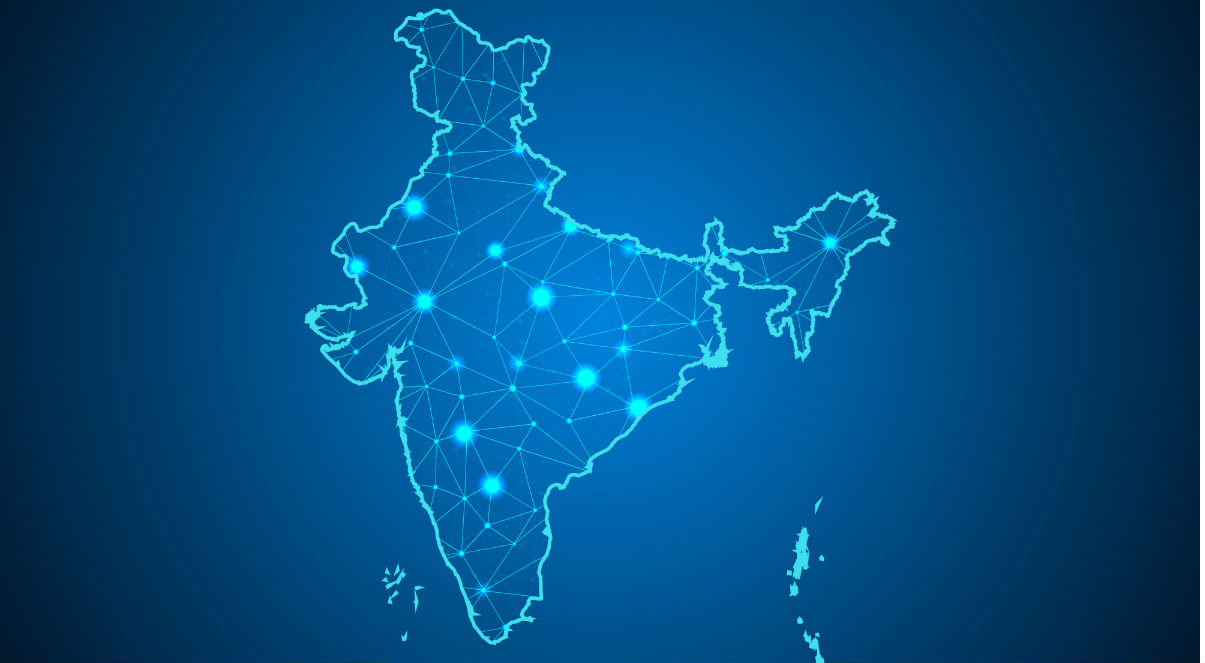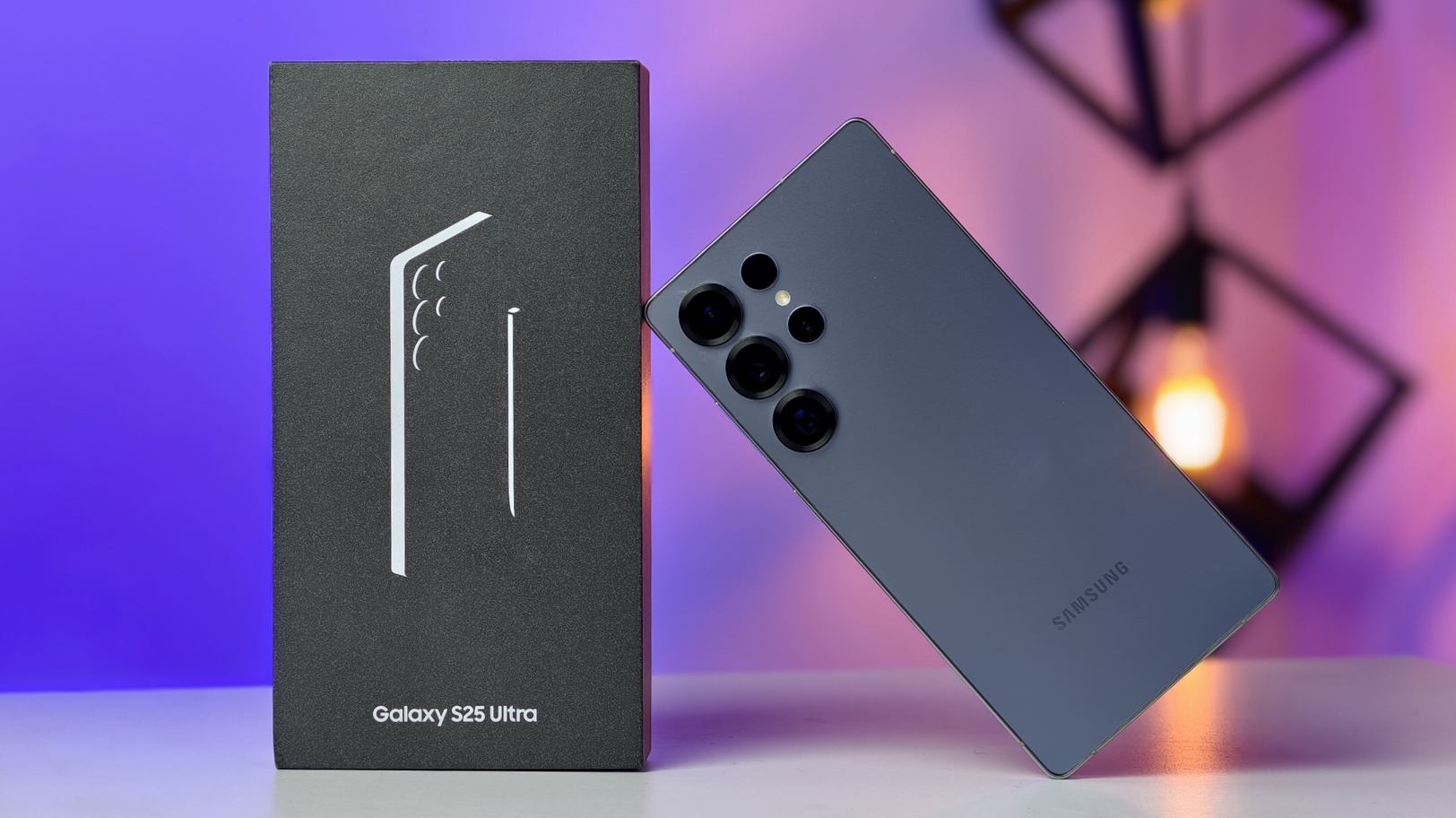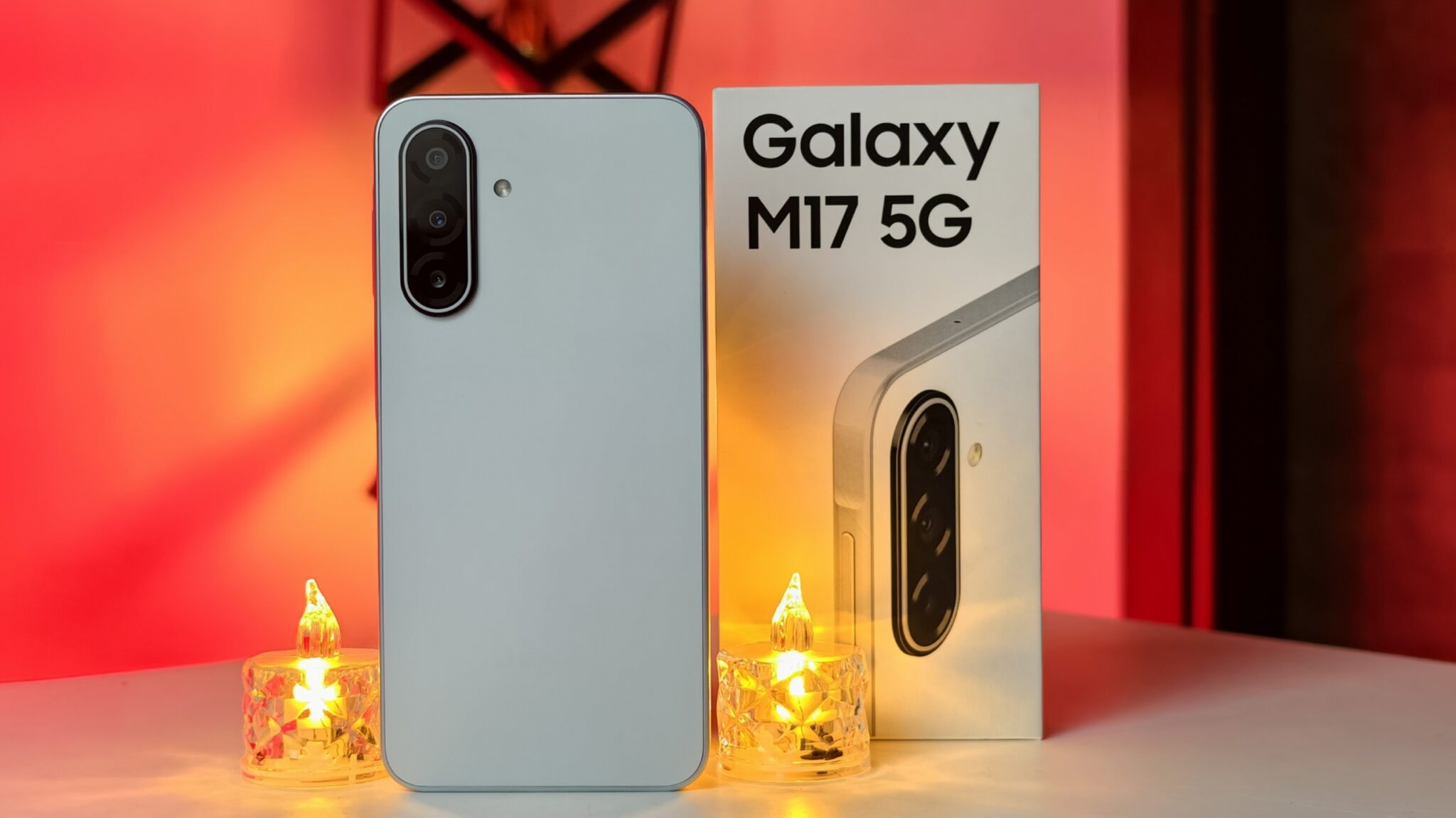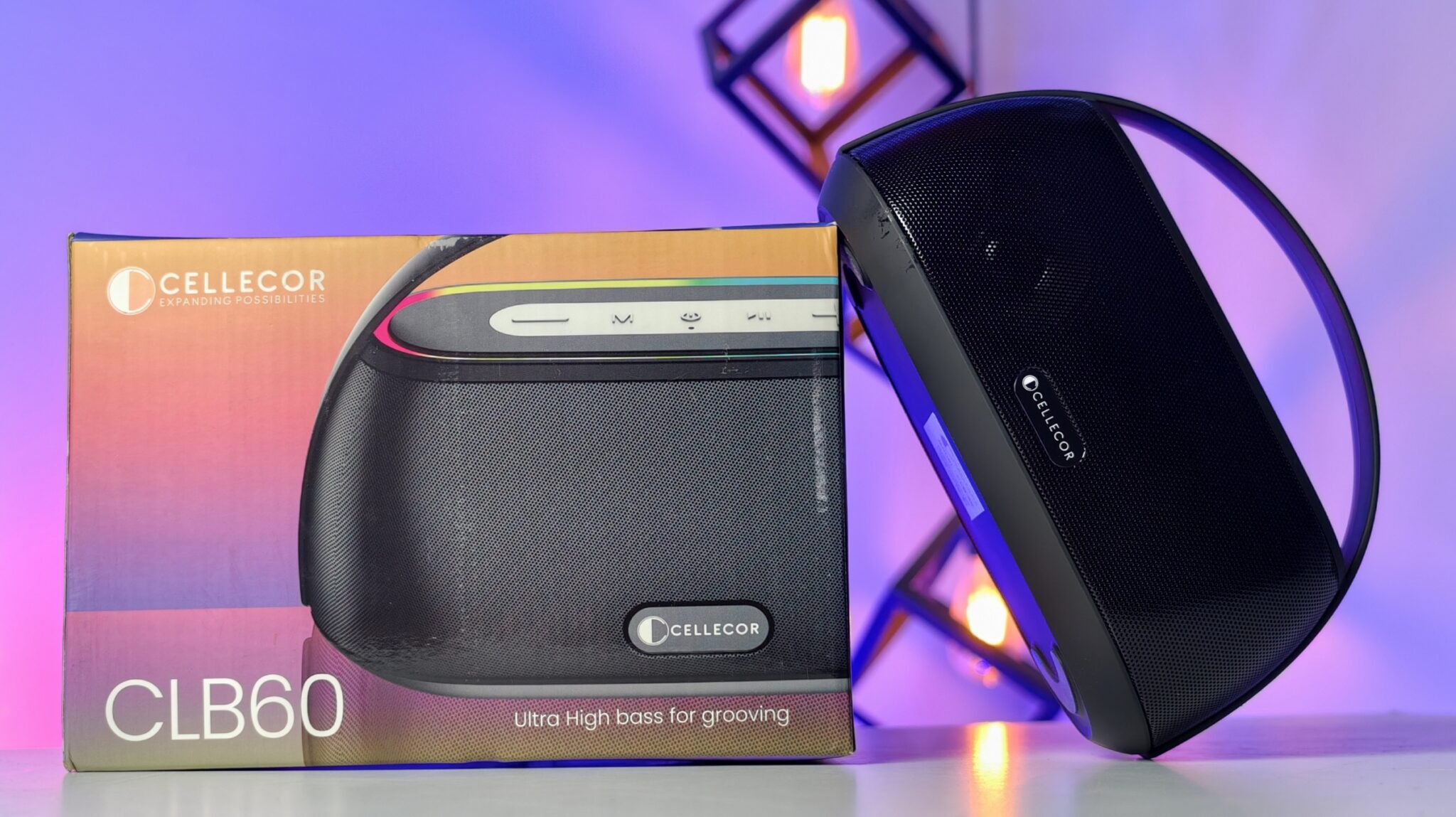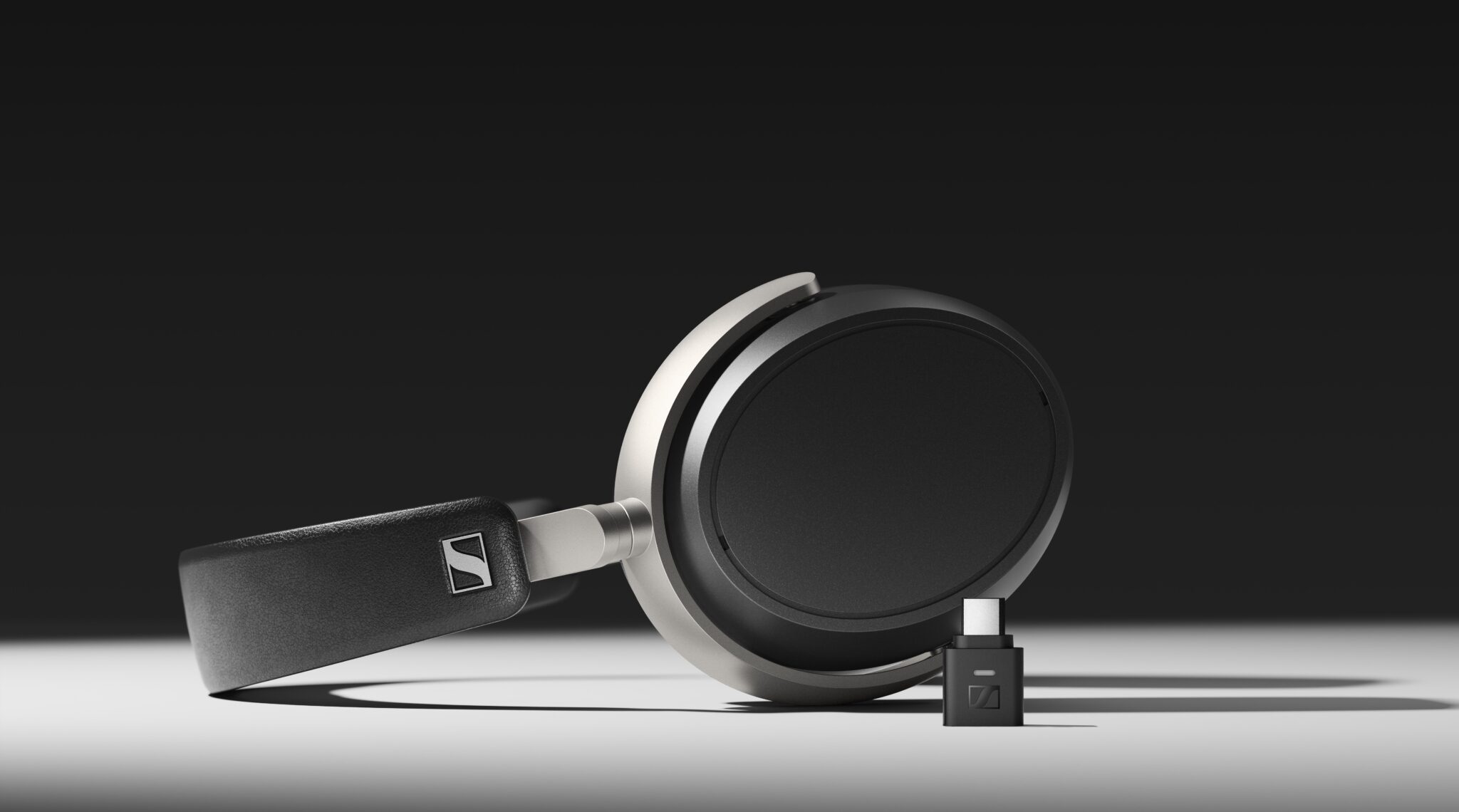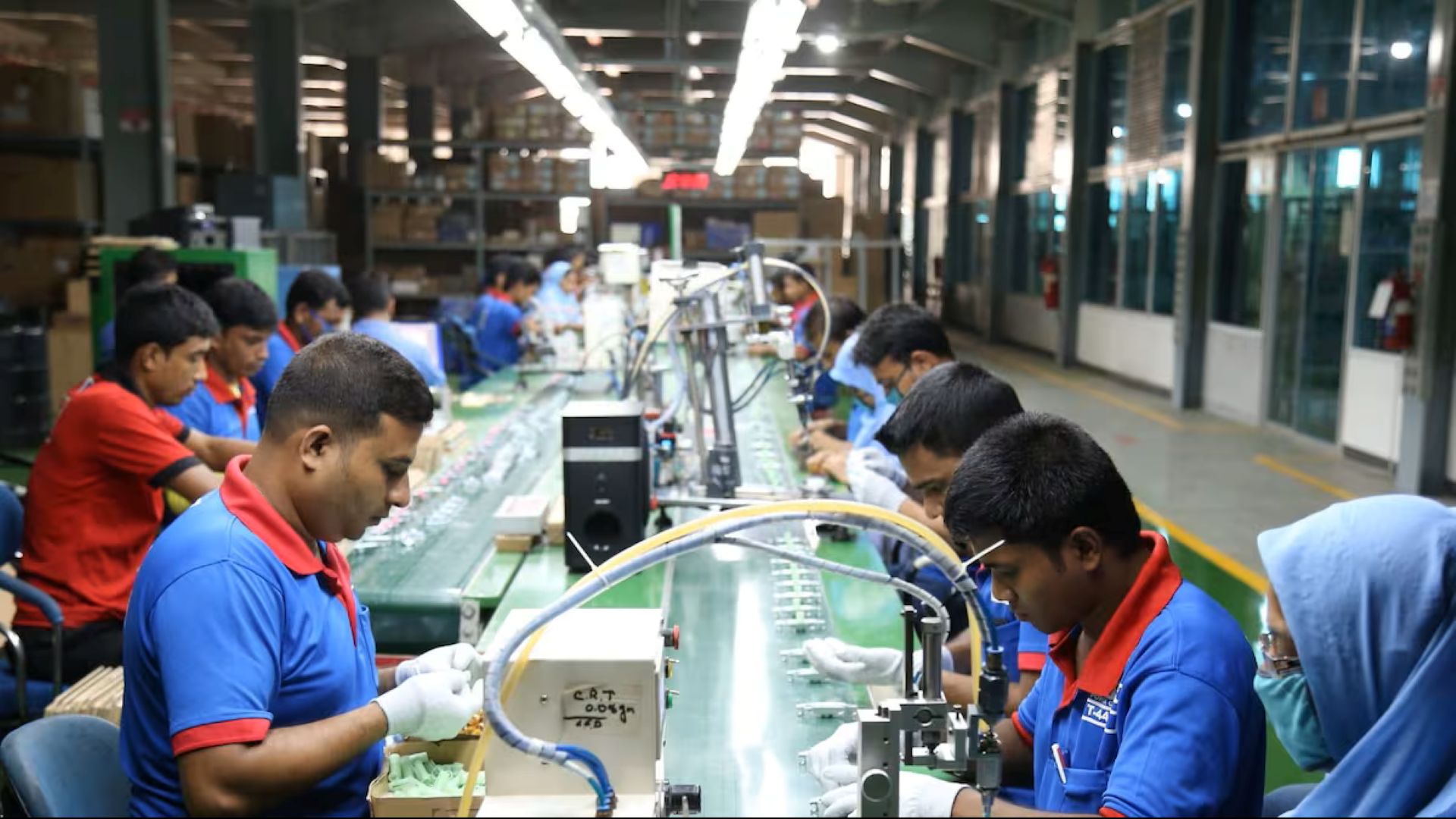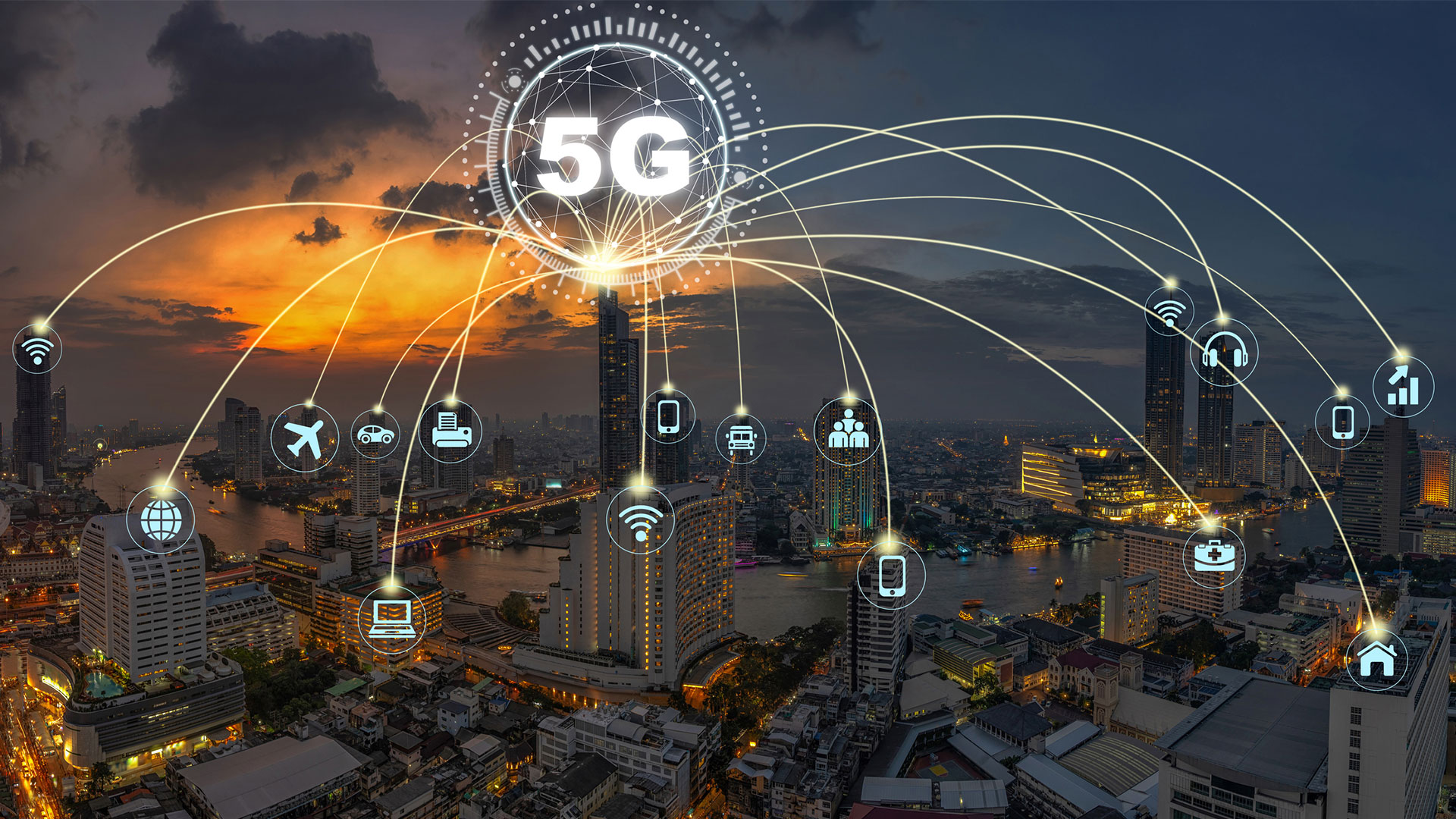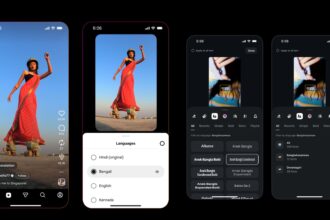The Indian government has taken a significant step toward enhancing internet connectivity by releasing draft rules to delicense the lower portion of the 6 GHz spectrum band (5925–6425 MHz). This move aims to support next-generation Wi-Fi technologies like Wi-Fi 6E and Wi-Fi 7, potentially enabling faster and more reliable internet services across the country.
What’s Changing?
The Department of Telecommunications (DoT) issued draft regulations on May 16, 2025, proposing the unlicensed use of the 5925–6425 MHz frequency range for low-power indoor and very low-power outdoor wireless access systems. This means that devices operating within this band won’t require prior authorization or frequency assignment, provided they adhere to specified technical parameters.
This development is expected to alleviate congestion in the existing 2.4 GHz and 5 GHz Wi-Fi bands, which are currently overburdened due to the proliferation of connected devices. By opening up the 6 GHz band, users can anticipate improved internet speeds, reduced latency, and enhanced overall performance for bandwidth-intensive applications.
Implications for Consumers
For the average internet user, this change could translate to smoother streaming of high-definition content, more responsive online gaming experiences, and better performance of smart home devices. Devices that support Wi-Fi 6E and Wi-Fi 7 will be able to operate more efficiently, providing faster data rates and lower latency.
Moreover, this move aligns India, that have already opened up the 6 GHz band for unlicensed use, fostering global compatibility and innovation.
Industry Reactions
The tech industry has largely welcomed the draft rules. The ITU-APT Foundation of India (IAFI) described the decision as “visionary,” emphasizing its potential to unlock new possibilities for digital inclusion and economic growth.
However, some industry leaders argue that delicensing only a portion of the 6 GHz band may not be sufficient. The Broadband India Forum (BIF) suggests that at least an additional 160 MHz should be delicensed to fully realize the benefits of next-generation Wi-Fi technologies.
Restrictions and Technical Parameters
The draft rules specify certain operational restrictions to prevent interference with existing services:
- Use on oil platforms, land vehicles, boats, and aircraft is prohibited, except when flying above 10,000 feet.
- Communication with and control of drones and unmanned aerial systems are also prohibited.
For low-power indoor devices, the power output is capped at 30 dBm to avoid interference, while very low-power outdoor devices are limited to 14 dBm.
Next Steps
The DoT has invited public and stakeholder feedback on the draft regulations, with a deadline for comments set for June 15, 2025. Following the consultation period, a final framework will be established.
This initiative represents a significant stride toward improving internet connectivity in India, aligning with global standards, and supporting the growing demand for high-speed, reliable wireless communication.
